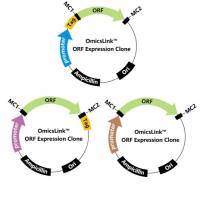Place Conditioning
互联网
704
Place conditioning is a form of stimulus–outcome learning that is commonly used to draw inferences about the rewarding and aversive effects of psychoactive drugs. This chapter focuses primarily on methodological issues that arise in the implementation and interpretation of place-conditioning studies. A description of the basic procedure is followed by a discussion of several key methodological issues, including compartment configuration, apparatus bias, stimulus selection, temporal parameters (interstimulus interval, trial duration, intertrial interval), experimental design and controls, dependent variables, and locomotor activity. Consideration is then given to methodological and interpretative issues that arise when using the place-conditioning procedure to study acquisition versus expression, extinction, and reinstatement of place conditioning. The chapter concludes with a brief discussion of the potential relevance of the place-conditioning procedure for understanding drug seeking and addiction in humans.





